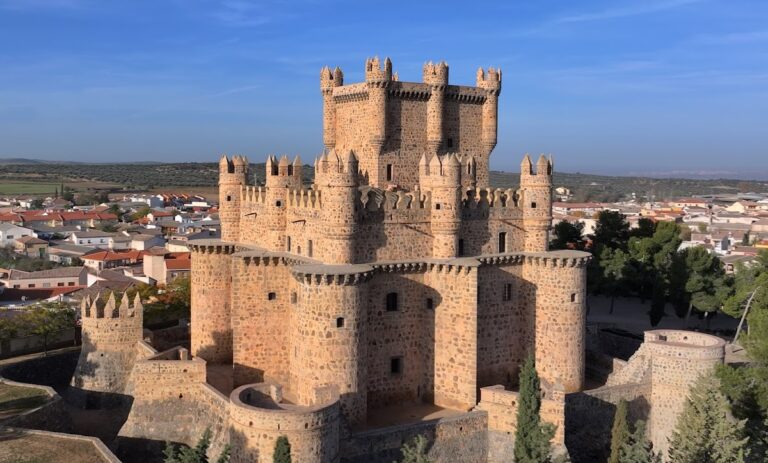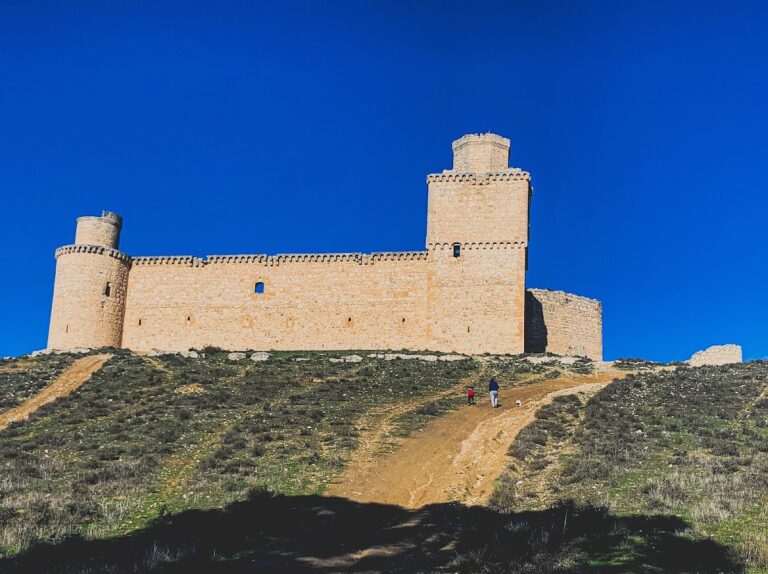Castillo de Gálvez: A Medieval Fortress in Spain
Visitor Information
Google Rating: 4.1
Popularity: Very Low
Google Maps: View on Google Maps
Country: Spain
Civilization: Unclassified
Remains: Military
History
The Castillo de Gálvez is a medieval fortress located near the municipality of Gálvez in Spain. It was constructed during the period spanning from the 12th to the 14th centuries, though the specific people or rulers responsible for its building remain unclear due to limited documentation.
This castle likely served as an early military fortification during the Middle Ages, a time when many such structures were established across the Iberian Peninsula for territorial defense. However, no written records or detailed historical accounts about the castle itself appear before the 17th century, making its precise role and ownership during its early centuries difficult to establish.
The fortress stood on a hill historically known as Brígida or Vírgeda within the now-vanished settlement of Corralnuevo, located near the Arroyo del Prado stream. Over time, as populations in the surrounding area declined, the castle lost its strategic importance. By the 18th century, although ownership documents of the land still exist, the structure had been abandoned and gradually fell into ruin. The depopulation of the site’s environs contributed significantly to its neglect and dilapidation.
Remains
The remains of Castillo de Gálvez present a compact square design, characteristic of its medieval military origins. Originally, the fortress consisted of a square enclosure with a tower positioned at each corner, designed to provide defensive vantage points in all directions. Today, three semicircular towers still stand, although the walls that once connected them have disappeared over time.
These towers were constructed using rubble stone masonry—a method involving rough stones bonded together. Their exteriors are held in place with lime mortar, a traditional binding material made from lime and water, while the interiors feature a mixture of mud and gypsum plaster. This combination was both practical and typical for the period but has contributed to the fragile state of the structure.
Some of the towers retain narrow openings known as arrow slits, which allowed defenders to shoot arrows while remaining protected. Additionally, a few windows survive, though the upper defensive features like battlements or parapets that crowned the towers are no longer present. The castle sits at an elevation of approximately 712 meters above sea level, covering an area near 55 square meters.
The vulnerability of the materials used in construction has led to rapid deterioration, leaving the fortress largely in ruins. Nevertheless, the surviving towers provide valuable insight into the architectural style and defensive strategies employed in early medieval fortifications in the region.









